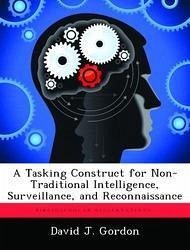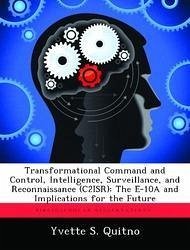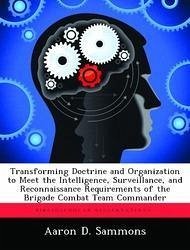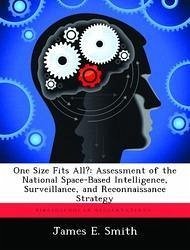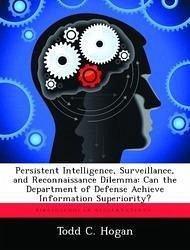
Intelligence, Surveillance, and Reconnaissance Processing, Exploitation, and Dissemination System in Support of Global Strike in 2035
Versandkostenfrei!
Versandfertig in über 4 Wochen
54,99 €
inkl. MwSt.

PAYBACK Punkte
27 °P sammeln!
"Strike" is not the main challenge facing Global Strike in 2035-it is to globally attribute, target, and assess the strike. The United States cannot afford worldwide sensors to perform this role, but it does not have to. Much of the information required is already being collected-the US just needs to grab it, process, exploit, and disseminate it. This means the US needs the ability to connect to (currently) undiscovered data sources and process that data in currently unanticipated ways to support unanticipated users. One system that is good at processing new information in new ways is the huma...
"Strike" is not the main challenge facing Global Strike in 2035-it is to globally attribute, target, and assess the strike. The United States cannot afford worldwide sensors to perform this role, but it does not have to. Much of the information required is already being collected-the US just needs to grab it, process, exploit, and disseminate it. This means the US needs the ability to connect to (currently) undiscovered data sources and process that data in currently unanticipated ways to support unanticipated users. One system that is good at processing new information in new ways is the human brain. If the US could design its Processing, Exploitation, and Dissemination (PED) architecture to function similarly to the human brain, the system could support unanticipated needs more easily. The power of this "brain" to support global strike also makes it a center of gravity for the US. Thus, the PED "Brain" must be built with integrated defenses from the start to prevent its compromise or destruction. If the interface, data, and security standards can be constructed up front, the system can evolve incrementally to fit within whatever budgets are available, and eventually can become self-constructing. The design enables this behavior by segregating all processing and data into distinct nodes which mimic the behavior of neurons in the brain, where the links between nodes may be more important than the information and processing within each node itself.




